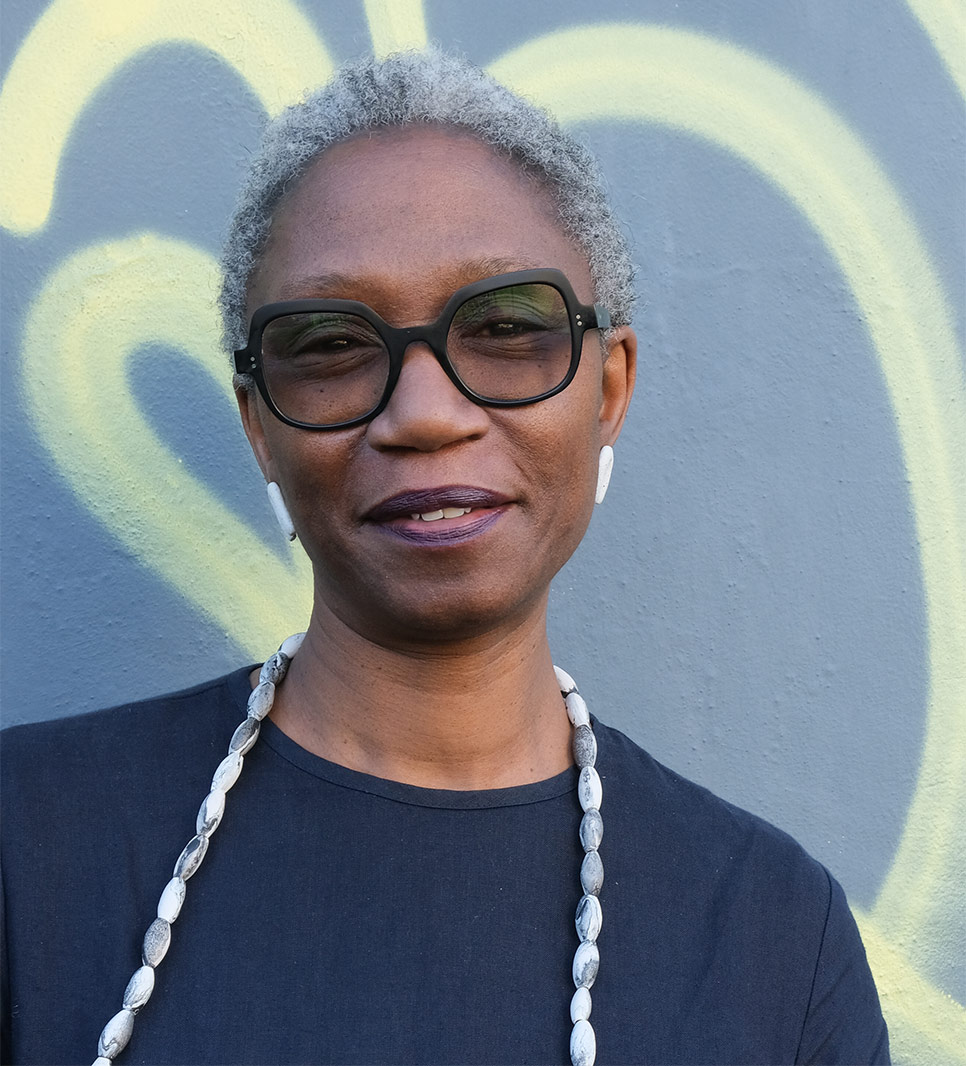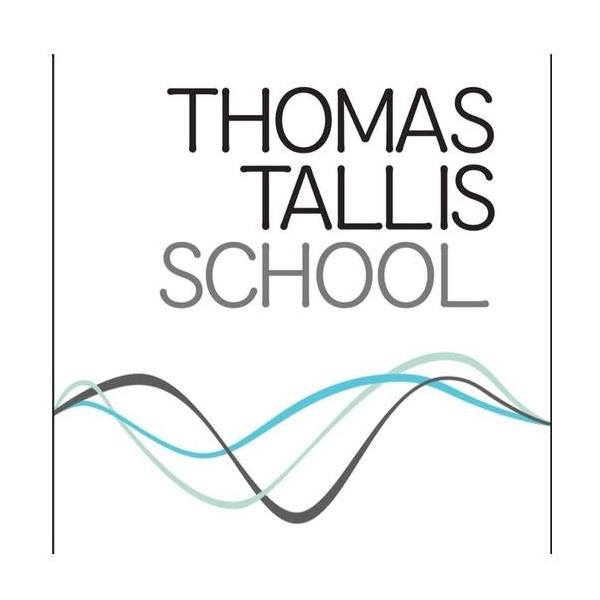In April 2025 Autograph opened Dianne Minnicucci’s first solo exhibition, Belonging and Beyond. Minnicucci is a visual artist and Head of Photography at Thomas Tallis School in South East London. In 2024 she became the inaugural resident artist-teacher for Autograph’s Visible Practice Residency. Over the course of six months, we supported Minnicucci to bring her creative practice into the classroom and create new work within and beyond the school environment.
Below creative education consultant, Marlene Wylie, reflects on key themes from the exhibition, the importance of supporting inclusivity and anti-racist practice in the classroom, and the intersections of art and education.
Dianne Minnicucci’s new exhibition at Autograph – rich in themes of vulnerability, identity, and self-discovery – resonates with me deeply. Her insights into how art can catalyse learning and personal growth through collaboration and research add to my recent personal reflections on my experiences as an artist, teacher and creative education consultant dedicated to anti-racist practice. Bridging the practices and theories of art and education are challenging, not least because of the ‘professionalism’ required of teachers, the rigidity of their definitions, and a lack of opportunity for both artists and teachers due to limited time, resources and subject-specific continued professional development opportunities.
Key moments I’ve recalled on my personal reflective journey include 1995, when I was accepted onto the Goldsmiths Post Graduate Certificate of Education course for secondary art and design. I was incredibly fortunate to have artist Paul Dash as my tutor, whose advocacy for the artist-teacher approach and specific research interest and subsequent book on the experience of African Caribbean Pupils in Art Education influenced me greatly. The artist-teacher approach promotes both the creative and the educational practices of an artist-teacher, with each element understood as desirable and mutually beneficial to the learning process.
Autograph has also played a part in my personal journey. In 2011, I was entrusted with distributing their learning resource pack to primary and secondary schools. The pack provides examples of diverse photography produced in Britain since 1945 and seeks to support teachers in fostering a deeper understanding of the complex intersections of race, cultural and individual identity within a classroom setting.
This role felt like the perfect fit for my profile as a creative educational consultant interested in the power of visual media to provoke dialogue, challenge perspectives and foster critical thinking. I was profoundly moved seeing images of people who looked like they could be members of my own family, reproduced in a high-quality resource. Until then, I had not seen a resource of such quality made freely available to schools in this way. My enthusiasm for ensuring this was made available was supported by delivering presentations and workshops wherever possible. That experience and the responses deepened my appreciation of the educational value of photography and art and cemented my commitment as an artist educator and consultant who wanted to bridge the worlds of formal education and creative exploration.
Exploring Minnicucci’s exhibition, Belonging and Beyond, I am struck by the moving sensitivity and vulnerability shown in the artist’s process of involving her school students in developing this new body of work. As artists, we might expect collaborative self-expression to come naturally; however, for many art teachers, the idea of bringing one’s personal practice into a teaching space and collaborating with students has the potential to feel very exposing and risks being seen as a weakness, to be exploited in the learning environment. Instead, what I believe is evidenced here is an experience of empowerment for both the artist and her students. With the support offered through the Visible Practice Residency, Minnicucci has merged her artistic and teaching practices, meaning the studio and classroom have be redefined. I find myself in a state of awe and wonder at what has been achieved through this process.
In close collaboration with her students, Minnicucci has courageously explored and documented an ‘artist-teacher’ approach that has been discussed and debated over many years within creative educational institutions and communities. What is different and important here is the race dimension. It must be discussed. Minnicucci talks openly about her identity, where being an artist means being empowered to explore her whole self as an artist, a teacher, a mother and a black leader of learning who is prepared to make mistakes in front of her students in a way that allows for learning to be experimental and exponential. And all this against a challenging educational, political and socio-economic climate. It’s a huge feat and one that’s clearly had a significant positive impact on her students, as evidenced by the film featured in the exhibition in which current and former students articulate the effect that seeing Minnicucci as an artist has had on them.
Inclusivity in education goes beyond simply integrating diverse perspectives; it actively works to empower marginalised voices and different practices. Teachers who incorporate multiple cultural, racial and social narratives into their curriculum validate each student's identity. This method encourages students to view themselves as integral contributors to the educational conversation. At the same time, vulnerability exhibited by educators like Minnicucci, who demonstrate a willingness to critique their practices in dialogue with students reinforces that learning is an evolving journey for everyone. The recently published report Visualise: Race and Inclusion in Secondary School Art Education suggests that when students see diverse experiences reflected in the curriculum and the lives of their teachers, it bolsters their critical thinking and self-esteem.
To maintain the best learning environment, students' behaviour and discussion must drive curriculum content and activities, where they feel safe and free to take risks. This multi-faceted approach has the potential to enhance one’s ability as a very effective teacher in the classroom.
It’s important that Belonging and Beyond is taking place at Autograph – an internationally renowned gallery – and has been programmed alongside another exhibition by the respected black artist, educator, photographer and mother, Eileen Perrier. The pairing of Belonging and Beyond with Perrier's exhibition is a powerful statement. Autograph is well-known for showcasing thought-provoking works that explore identity, culture and belonging. Both exhibitions highlight the intersection of personal and collective narratives, making Autograph the perfect venue for such meaningful explorations. I am fully aware that this opportunity has not happened by chance or overnight; a great deal of intentionality and purpose have been cultivated over many years, beginning with Minnicucci’s explorations and critical thinking whilst on the Post Graduate Certification in Education course at the Institute of Education, with artist Andy Ash as her tutor.
Minnicucci has had a fire in her belly due to her lived experience of education and, more personally, art education. She acknowledges that getting to see herself represented in a professional and prestigious context as a black artist-teacher is deeply motivational for her. Fuelled by the grief of missed opportunities to see herself represented during her younger years in art lessons at school, it is now beautiful and somewhat ironic that Minnicucci’s work features her son, who is experiencing seeing his mother as an artist in this way. This is extraordinary.
To witness Minnicucci’s name, work and achievements as both an artist and a teacher emblazoned on the walls of this iconic building is, I believe, seminal. Her work belongs here; it is rightly positioned and has the potential to go on to influence many in the field of art education for many years.
17 Apr - 13 Sep 2025
How vulnerability and discomfort in front of the camera can become acts of self-discovery and collaboration

Marlene Wylie is a creative education consultant and the Immediate Past President of NSEAD, the National Society of Education in Art and Design. Having trained originally as a textiles designer she has taught art, craft and design in inner and outer London multicultural primary and secondary schools for over 20 years. She is a member of the Anti-Racist Art Education Action group and was project lead on the Visualising Inclusive Practice project with Runnymede Trust, which aimed to deliver the first major research commission into access to the visual arts for Black, Asian and minority ethnic students.

.png)


Banner image: Dianne Minnicucci, from the series Belonging and Beyond [detail], 2025. © and courtesy the artist.
Images on page: 1) Dianne Minnicucci: Belonging and Beyond exhibition at Autograph. 17 April – 13 September 2025. Curated by Jolie Hockings. Photograph by Kate Elliott. 2-3) Dianne Minnicucci, from the series Belonging and Beyond, 2025. © and courtesy the artist. 4-5) Stills from Belonging in Practice: The Artist-Teacher Residency, a film by Kit Vincent, 2025.
About the author: Photograph of Marlene Wylie by Ella Doran.
Autograph is a space to see things differently. Since 1988, we have championed photography that explores issues of race, identity, representation, human rights and social justice, sharing how photographs reflect lived experiences and shape our understanding of ourselves and others.